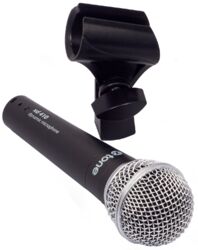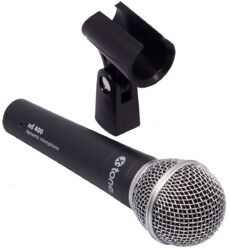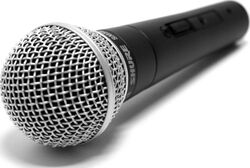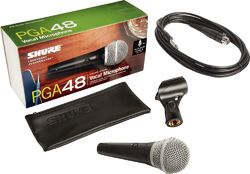Uw mand
zangmicrofoons
Voir les marques
Filters
Filtreren
99
Resultaten:
Producten per pagina
Sorteren
Cadeau-ideeën


89.00 €
Cadeau-ideeën


89.00 €

629.00 €
Cadeau-ideeën


99.00 €
85.00 €
Cadeau-ideeën


139.00 €
118.00 €
Cadeau-ideeën


129.00 €
109.00 €
Cadeau-ideeën


219.00 €
175.00 €

539.00 €
Cadeau-ideeën


219.00 €
185.00 €

99.00 €
91.00 €

49.00 €
Cadeau-ideeën


39.00 €
38.00 €

55.00 €

69.00 €
53.00 €

109.00 €

66.00 €
39.00 €

65.00 €
52.00 €

99.00 €
89.00 €
Cadeau-ideeën


39.00 €
35.00 €

119.00 €
91.00 €

116.00 €
98.00 €

504.00 €
445.00 €
promo


199.00 €
119.00 €

199.00 €
110.00 €

399.00 €
355.00 €

399.00 €
354.00 €

499.00 €

499.00 €

499.00 €

100.80 €
99.00 €
Merken in de categorie : zangmicrofoons
Bekijk meer
















